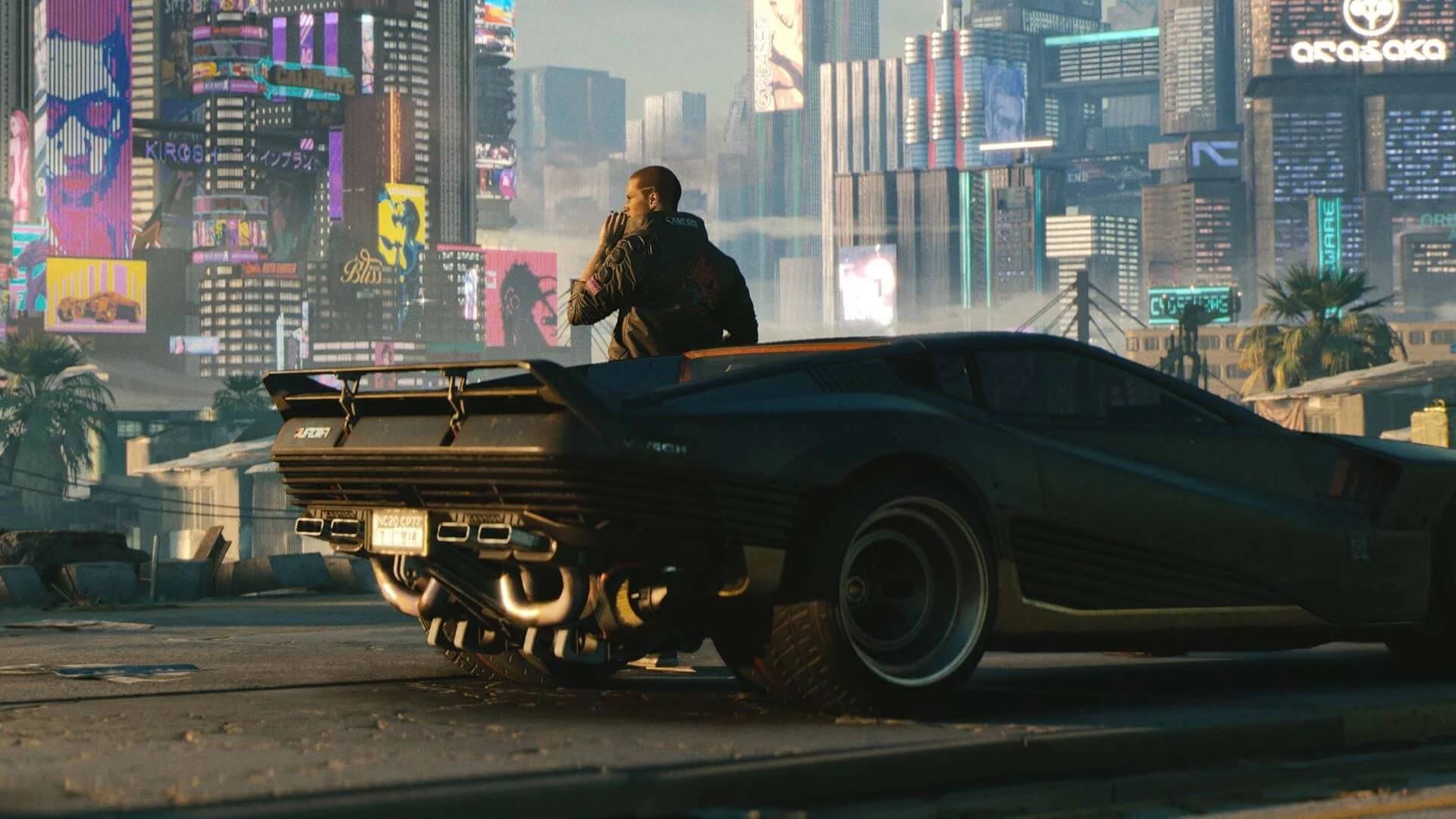Rumor mill: Given the revised launch date of mid-November, some are speculating that CD Projekt Red’s decision could have more to do with timing than polish. That is, a mid-November launch is right around the time that next-gen consoles from Microsoft and Sony are expected to go on sale. Having a mega game like Cyberpunk 2077 as a launch title would certainly give gamers yet another reason to hop aboard the early adopter bandwagon.

CD Projekt Red has made good on its promise to share more information about the pending release of Cyberpunk 2077. Unfortunately, it probably isn’t the sort of news that most want to hear.
In a press release issued on Thursday, CD Projekt Red said it has decided to push the launch of Cyberpunk 2077 back to November 19. The dev said that at the time of writing, the game is finished both content and gameplay-wise. From the quests and cutscenes to skills and items, everything is in place. But with such a complex game, the team felt it needed a little extra time to balance gameplay mechanics and iron out bugs.
“Ready when it’s done” is not just a phrase we say because it sounds right, it’s something we live by even when we know we’ll take the heat for it. At the same time, we are fully aware that making such a decision costs us your trust and trading trust for additional time is one of the hardest decisions a game developer can make. And despite we think it’s the right decision for the game, we’d still like to apologize for making you wait longer.
Even still, a two-month delay isn't fun, especially considering this is the second time the game has been bumped. In January, it was revealed that the original April 16 launch had been postponed until September 17. As recently as April, it appeared as though the game was still on track to launch before the official start of fall.
On the bright side, CD Projekt Red noted that journalists are starting to play the game this week and should have previews ready to go right after its June 25 “Night City Wire” presentation.
https://www.techspot.com/news/85693-cyberpunk-2077-gets-pushed-back-two-months.html